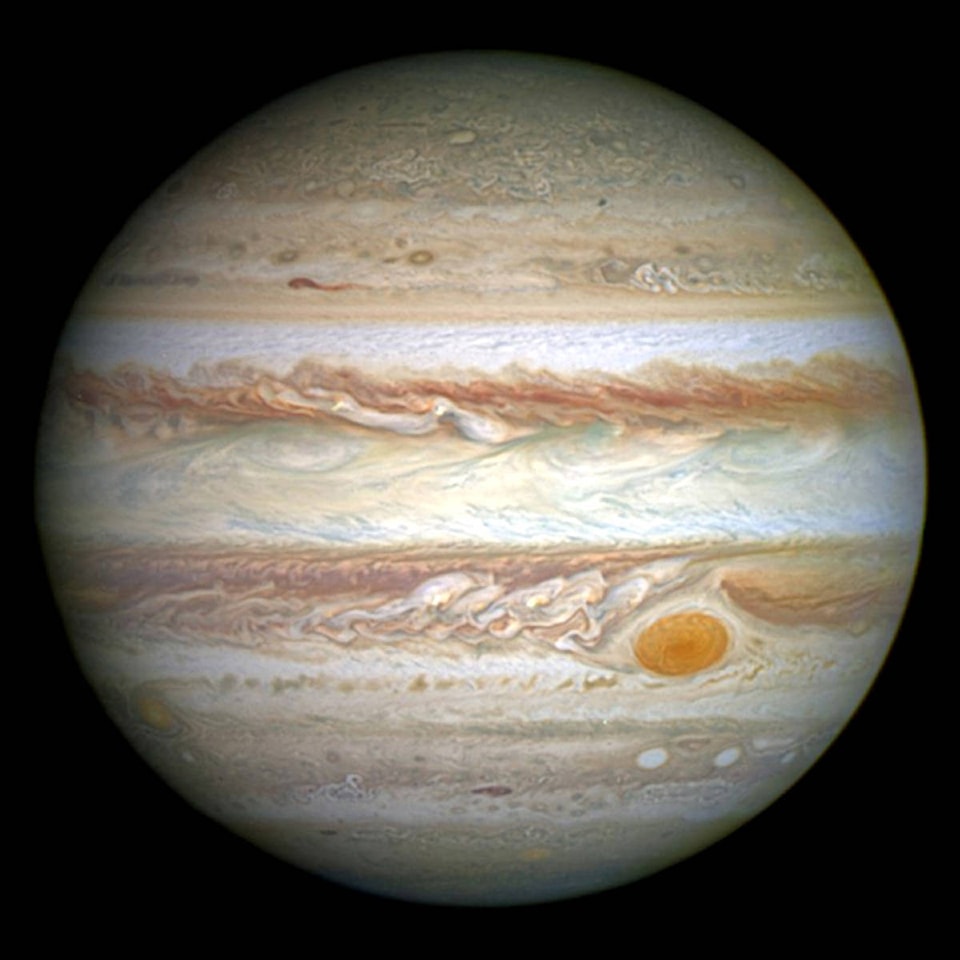Gary Boyle
On any clear night, look to the southern portion of the sky after sunset and you will come across a bright object. This is not a star but the planet Jupiter.
Of the eight major planets in our solar system, Jupiter is literally the King. This fifth planet from the sun is so large; eleven earths can line up across its equator, and it can hold a thousand more inside.
Jupiter — along with Saturn, Mars, Venus and Mercury — can be seen with the unaided eye while Uranus and Neptune are telescopic objects. In fact, these five planets have been seen for thousands of years, and along with the sun and moon, were named after gods.
Jupiter has more than 70 moons that are small in size compared to the four giant Galilean moons named Io, Europa, Ganymede and Callisto. At 5,268 kilometres wide, Ganymede is the largest.
Any telescope will show these very distinct worlds as they orbit their mammoth planet.
Io is an extremely active moon with dozens of volcanoes that blast plumes of sulfurous material as high as 500 kilometres high. These have been imaged by spacecraft orbiting or passing by the Jovian system.
At various points in the moons’ orbits, they transit or cross in front of Jupiter and cast a small inky black dot on Jupiter’s cloud tops. At times there could be two or three shadows at the same time. These four moons were first observed by Galileo in 1609 with his newly-built telescope. He also went on to observe the rings of Saturn, the crescent phases of Venus and the heavily cratered moon of Earth.
Earth’s moon will be located near Jupiter on July 13 and Saturn two nights later on the 15th.
With orbits of 11.8 and 29.5 around the sun, the nightly motion of these planets against the background stars is extremely slow. For those living in dark skies away from light pollution, the Milky Way is wedged between the two thus making a striking view.
July 20 will be the 50th anniversary of humans landing on the surface of the moon. The last half century has seen tremendous advancement in technology and space exploration. We have sent Voyager 1 and 2 to give us a close up look in the gas giants, sent an array of orbiting satellites and rovers to Mars.
For almost 30 years the Hubble Space Telescope has imaged the far depths of the Universe.
Gravity waves have been detected over the past few years stemming from Einstein’s prediction in 1916.
And finally, a black hole located 55 million light years away has been imaged.
This is a wonderful age to follow amazing discoveries and enjoy the night sky with today’s state of the art telescopes and cameras.
Until next time, clear skies.
Known as “The Backyard Astronomer,” Gary Boyle is an astronomy educator, guest speaker and monthly columnist for the Royal Astronomical Society of Canada. Follow him on Twitter: @astroeducator or his website: www.wondersofastronomy.com
